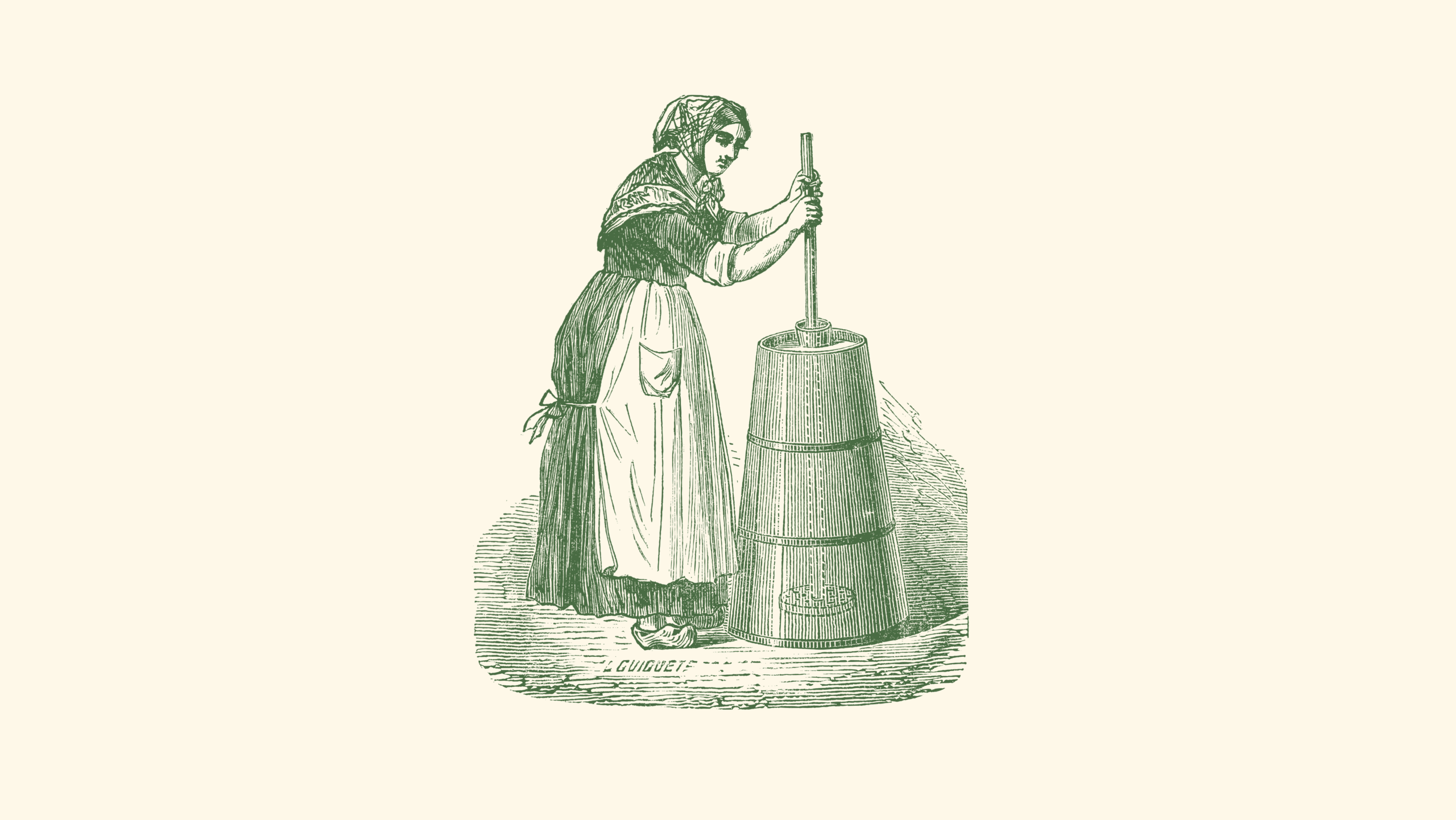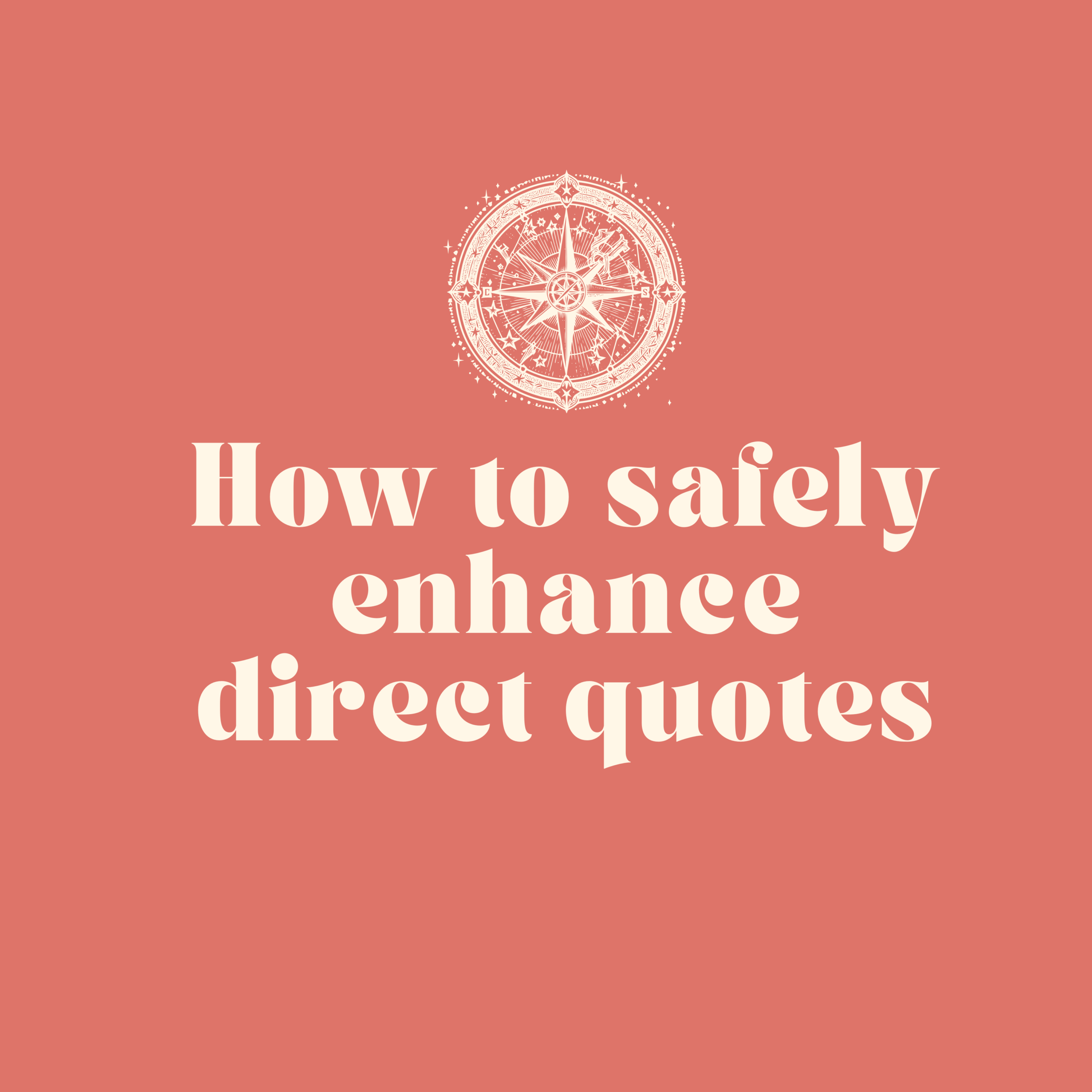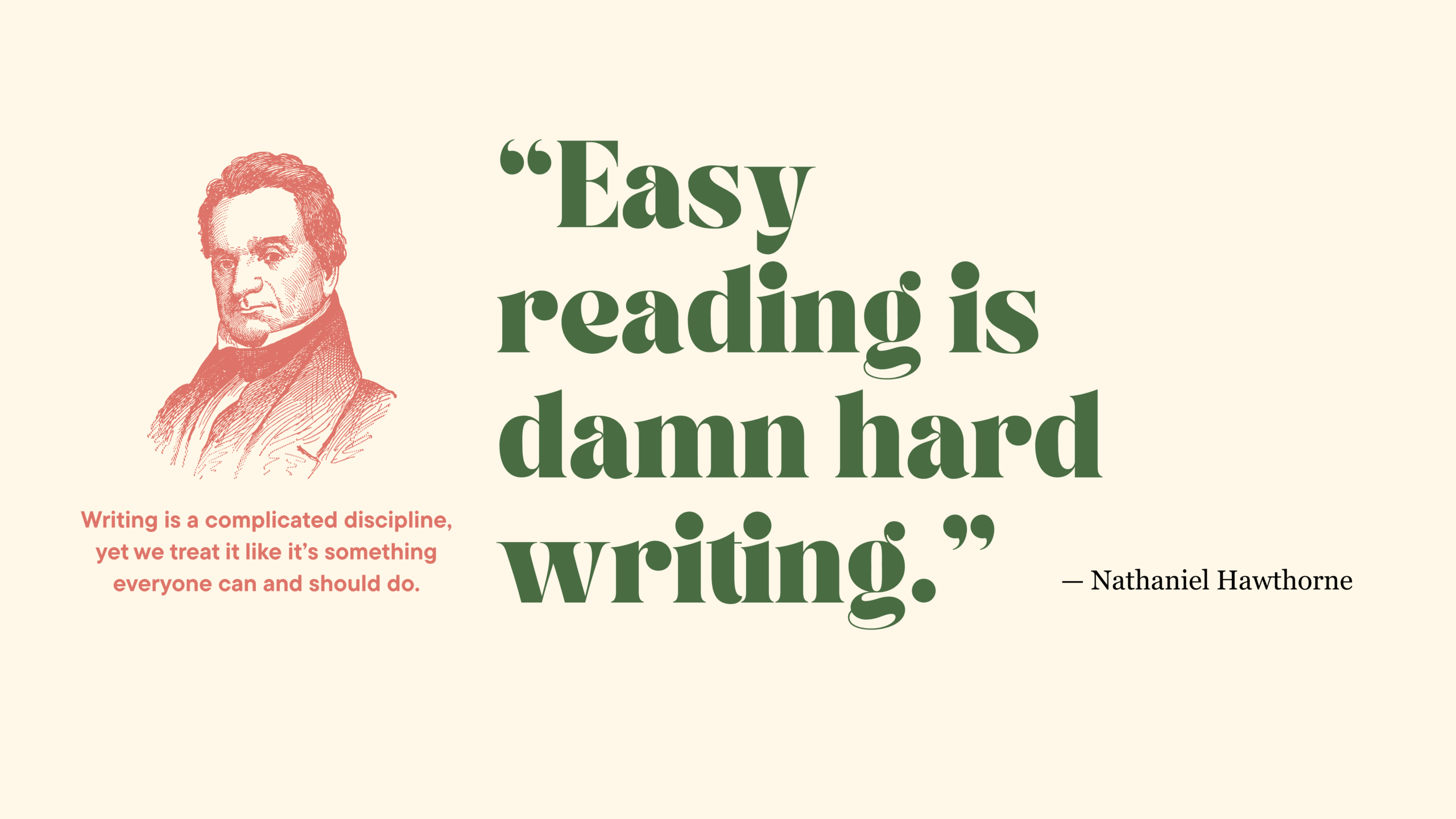In 1869, Emperor Napoleon III dreamed of a fatty, meltable substance that could mimic the taste and texture of labor-intensive butter, only producible at a fraction of the cost and effort.
With soldiers to feed and malnourishment rampant among citizens, chemist Hippolyte Mège-Mouriès answered Napoleon’s ill-willed whim when he boiled beef tallow with some skim milk and invented what we know today as margarine.
‘I can’t believe it’s not butter!’ and other manufactured content
Today, margarine remains a popular foodstuff. It’s about a $4 billion industry. Currently, household names like Unilever and Procter & Gamble are leading manufacturers of margarine and plant-based butter substitutes.
Just like the bastions of fake butter, household names like Microsoft, Google, and Elon Musk are leading manufacturers of artificially generated content.
In other words: A.I. is margarine.
Like our pre-margarine predecessors, who were starved of basic nourishment, today, we are starved of time and too cognitively poor to think deeply and independently. No wonder we need a writing substitute!
Unlike generative A.I., margarine has gone through several key marketing phases, and while it’s too early to tell how this new tech tool will evolve in the future, perhaps we should lean on the bovine production industry for marketing tips.
To prepare us for following A.I.’s marketing journey, I “wrote” this A.I.-generated history of margarine for us.
Late 1800s
Marketed as a cheap butter substitute for working-class families.
Faced legal restrictions from the dairy industry — some states banned yellow coloring to prevent it from resembling butter.
Mid-1900s
Rebranded as a modern, scientific food.
Promoted for health and convenience — especially during World War II butter shortages.
1970s–1990s
Pitched as a “heart-healthy” alternative to butter due to lower saturated fat content.
Slogans like “You won’t believe it’s not butter!” reflected the focus on taste imitation.
2000s–present
Marketing shifted to plant-based, vegan-friendly, and cholesterol-free messages.
Reformulated to eliminate trans fats and appeal to health-conscious and sustainable consumers.
{END A.I.}
Real butter — and real writing — is better and everybody knows it
A lot of smart people and good companies falsely believe that A.I. equates to an efficient tool for scaling, or that it’s a cheap replacement for a human writer. Yes, it can do both. It’s what it was designed to do. But so far, the results so far have been a bit … microwaved?
Just take one scroll on LinkedIn—you get manufactured, homogenous content churned out with disregard to the potential long-term ethical implications of cognitive-computing systems. Plagiarism, misinformation, libel, copyright infringement, personal security and data infringement. I could go on!
Likewise, the sustainability potential for generative A.I. as a replacement for human writers remains low. Yes, language models can learn how to write like a specific person. But no research is needed to show what A.I. cannot do: feel.
Artificial intelligence is just fake smart.
Evidence-based fact about butter: For those whose hearts flutter like a hummingbird’s wings at dollar signs: The global butter market was valued at USD ≈ $63.6 billion in 2024. The margarine market is currently estimated at $4 billion.
What does this further prove about my point that A.I. is margarine?
People like butter better.
They want the real thing.
They will pay (sometimes more) for the real thing.
Butter is better, and in the real world you can’t fake smart. So, write your story so well it cuts to the soul like a hot knife through butter. Anything less is margarine.
A.I. ethics policy
And just like margarine, there’s a perfectly appropriate time and place for substitutions—when the real thing can’t be reproduced without significant effort and cost. Possibly an early death, but if it gets the job done. …
If you can’t fight ’em, join ’em (halfway)
One of the greatest ways I’ve seen companies safeguarding their communications and use of A.I. is by implementing ethics policies that outline how you use and don’t use A.I. throughout your organization.
Developed by Poynter, a nonprofit that supports and promotes journalism integrity and ethics, you can access their A.I. Ethics Guidebook here.
Now, you might be asking, “Can’t I just he A.I. generate one for me?”
Sure, but isn’t it nice knowing the one provided by this venerated institution has been vetted by a human team and board of journalism professionals?
I think so!
Check it out, implement it, chuckle and scrap it. Whatever you do, please enjoy butter, margarine, and AI in moderation.
As for writing, consume that in abundance, with joy, and blessed by the muses. For it is the most vital nutrient of all healthy communications.
Stay nourished.




